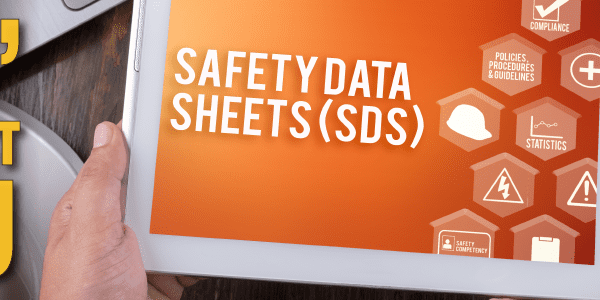As businesses in North America resume operations, they need to ensure the safety of employees and customers with cleaning and sanitizing processes at an increased level. Companies could be putting cleaning staff at risk, should they not provide proper training along with the appropriate cleaning supplies.
In November 2019, the tragic workplace death of an employee from a major North American chain restaurant was reported. Commonly used cleaning chemicals were inadvertently mixed together, which lead to this death, and the injury to others who were present. The 2 chemicals that were mixed together contained sodium hypochlorite and ammonia. When these two mixed, it created a chloramine vapor. This vapor incapacitated the manager that tried to clean up this mixture off the floor. Unbelievably, 10 patrons of the restaurant were also rushed to the hospital due to inhaling these dangerous vapors.
I found this quite interesting as the level of education on workplace safety (ie. WHMIS, first aid, etc.) is mandated by legislators for such chains, and also by these chains themselves. These incidents are seen from time to time, and they are preventable with proper training and education.
In September 2019, Workplace Safety & Prevention Services released some staggering statistics that showed in 2018, an Ontario small business owner lost-time injuries due to chemical exposure leading to a loss of over 8 million dollars. It was also shown that the foodservice industry (which has high turnover rates) has the highest level of workplace incidents, especially in the first month of employment.
A great example of this was shown to me when I visited my wife’s workplace in a retail setting. They were using a proactive approach by avoiding hazardous chemicals and substituted them with white vinegar diluted in a spray bottle. This approach limits the possible occurrence of a chemical accident with the amount of untrained staff that come in contact with the cleaning supplies.
However, in a post-covid world, cleaning and disinfecting processes used in businesses will need to ensure they effectively eliminate any viral contamination. These products will likely require an SDS (Safety Data Sheet) listing its stability and reactivity and what it should not come in contact with/be stored with.
Proper training, labeling, and experience can significantly reduce the possibilities of chemical exposure in the workplace.
Training, SDS’s, labels, or workplace posters; we offer a variety of solutions that help increase the safety in your facility.
Not sure what you need? Require customized training or labeling? Contact us – our specialists will determine the best solution for your business.
We have all the products you need to ensure your staff is properly trained.
Shipping Hazardous Materials by Ground (US) and Air, Online Training
GHS Supervisor/Manager, Online Interactive Training
Proper Shipping Name Labels
GHS Workplace Labels






